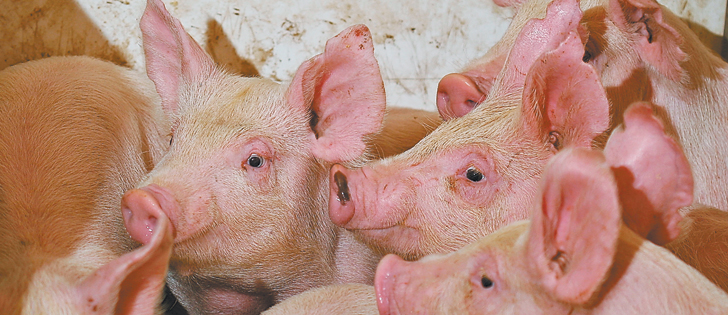The population of Neepawa, Man., has grown 27 percent since 2011.
The main cause: immigrants settling in the central Manitoba town to work in the local hog slaughter plant.
“It does have quite an impact,” Mayor Adrian de Groot said while talking about both the HyLife plant and the hog industry, which he hopes to see grow.
“We’re certainly looking forward to that potential.”
Hopes are rising across Manitoba and in many areas of the economy that the hog industry’s long stall will end and the one-time growth engine will be restarted.
Read Also

Farming Smarter receives financial boost from Alberta government for potato research
Farming Smarter near Lethbridge got a boost to its research equipment, thanks to the Alberta government’s increase in funding for research associations.
“This is one that I think is long overdue,” said Chuck Davidson, president of Manitoba Chambers of Commerce.
The province’s hog industry has had a tough 10 years, coping with a provincial barn construction moratorium, facing an economic crisis in 2008-09, struggling with high feed prices in 2012-13 and scrambling to deal with the North American porcine epidemic diarrhea crisis of 2013-16.
There have also been times of high profitability within that era with high hog and retail meat prices allowing farmers to fill in debt holes created during the bad patches.
Producers are able to once more consider building new barns now that the provincial moratorium is ending with the industry expecting up to 100 barns to be built in the next few years. Development could come quickly, especially with the 2024 gestation stall ban looming.
However, just stabilizing the industry will be a challenge. The dearth of slaughter hogs on the eastern Prairies has caused the Maple Leaf plant in Brandon to scale down its second shift, running hundreds of workers short of a full complement.
Jeff Traeger, president of the union local that represents the workers, said more feeder barns in western Manitoba should allow the plant to run at a better pace.
“We strongly support changes to, improvements in or a complete removal of the moratorium provided that the technology around hog barns is ecologically sound,” said Traeger.
He said hog farmers were caught in a bad situation over the last decade: allowed to shrink production but never expand.
“It’s a commodity, so prices fluctuate. When prices were low, people were getting out, but when they were good again, with the moratorium, people couldn’t get back in,” said Traeger.
“You do that for two decades and you’re not going to have an industry left.”
Manitoba’s slaughter and processing plants already rely sometimes on hogs brought in from Saskatchewan and the United States, and too much reliance on distant farms subject to bad weather and border issues creates uncertainty with supply.
De Groot said that with the moratorium gone, more feeder barns should be built closer to the plants, creating fewer logistical risks.


















